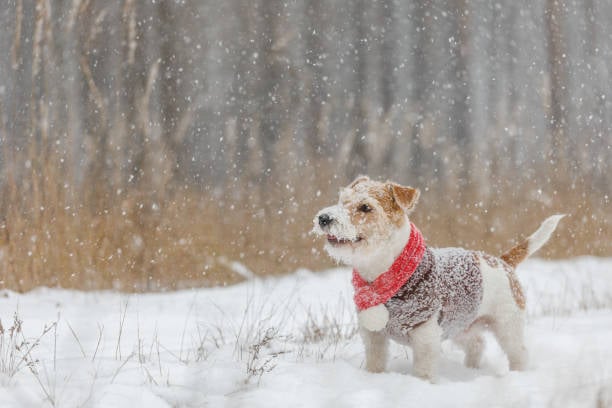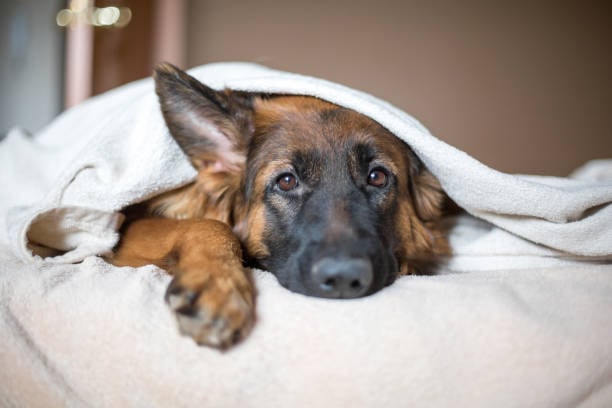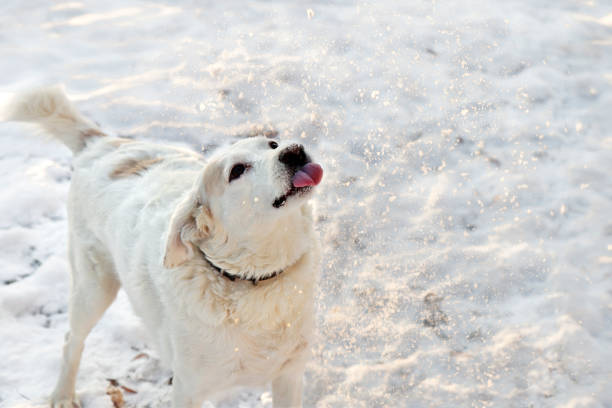Winter brings the joy of snow, but for pet-care businesses, it's also a time to be extra vigilant about the safety of the pets in your care. Snow can be fun for pets, but it also poses unique risks. Here’s a comprehensive guide to keeping pets safe and happy during snowy days.
1. Understand Pet Breed Differences

Different breeds have different tolerances to cold. Short-haired or small breeds get cold faster and may need extra protection like coats or boots. Breeds with thick coats are more resistant to cold but can still suffer from overexposure.
2. Paw Care is Essential
Snow and ice can lead to dry, cracked paws. Use pet-safe ice melts in your facility. After outdoor activities, wipe pets' paws to remove ice, salt, and chemicals. Consider using dog boots for added protection.
3. Limit Outdoor Time
While some playtime in the snow is good, limit it to avoid hypothermia or frostbite. Watch for signs of discomfort and know when it’s time to head back inside.
4. Hydration is Key
Pets can dehydrate just as quickly in winter as in summer. Ensure they have access to unfrozen water at all times.
5. Provide Warm Shelter

Whether inside or out, pets need a warm, dry, and draft-free shelter. Ensure bedding is elevated from cold floors and provide extra blankets on chilly days.
6. Beware of Antifreeze
Antifreeze is a lethal poison for dogs and cats. Clean up any spills immediately and store antifreeze out of pets' reach.
7. Check Under the Hood
Cats and wildlife might seek shelter under or inside cars. Bang on your car’s hood to scare them away before starting the engine.
8. Monitor Outdoor Cats
If you care for outdoor cats, provide them with a warm shelter. Check on them frequently to ensure they are not in distress due to the cold.
9. Be Prepared for Emergencies
Have a pet emergency kit ready. Include warm blankets, first-aid supplies, and contact information for the nearest emergency veterinary clinic.
10. Educate Pet Owners
Share these tips with pet owners. Providing the right information can help them keep their pets safe during winter.
11. Watch for Signs of Distress
Know the signs of hypothermia and frostbite in pets. These include shivering, lethargy, and pale or gray skin. If you notice these signs, seek veterinary help immediately.
12. Keep Them Moving
Encourage indoor play to keep pets active and warm. Indoor activities can be a great alternative when it’s too cold to go outside.
By implementing these snow safety tips, pet-care businesses can ensure a safe, enjoyable winter for all their furry clients. Remember, a little precaution goes a long way in ensuring pets enjoy the winter wonderland safely! ❄️🐾
Take your pet-care business to the next level. Schedule a demo with Gingr now!
Subscribe to the Gingr Blog






